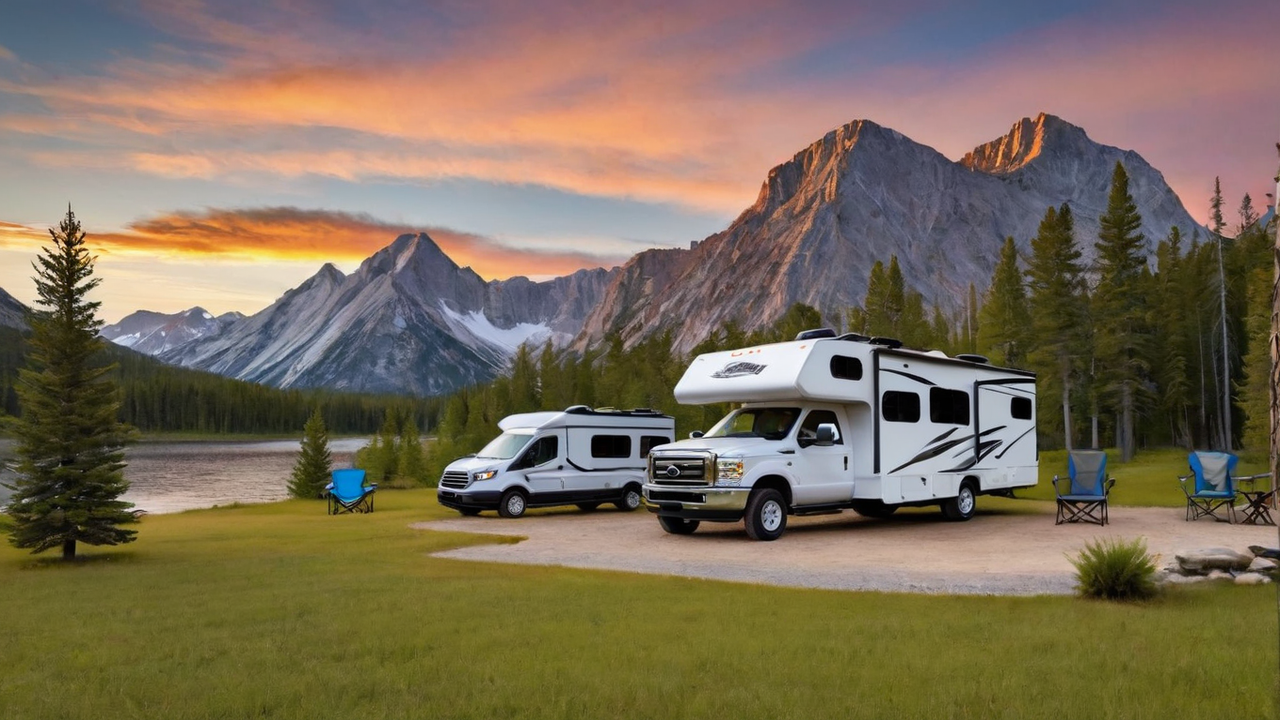
Leveraging GIS for Enhanced Campsite Layouts
Integrating GIS into campground management systems revolutionizes the way campgrounds are designed and operated. By leveraging accurate geographical data, managers can enhance the layout for improved accessibility and guest satisfaction. This combination enables for the design of detailed site maps that include natural landscapes, maximizing the use of space while preserving the natural surroundings.
The capability to visualize and adjust the campground layout in real-time offers a significant advantage in planning and development. Precise GIS data assists in locating ideal spots for amenities, ensuring they are both reachable and ecologically sustainable. This approach not just enhances guest contentment but also contributes to a reduced environmental impact.
Simplifying Booking Processes with Geographic Information Systems
By introducing GIS into campground reservation software, operators provide a more interactive booking experience for guests. Guests can select their preferred sites based on actual geographical data, including proximity to facilities and picturesque views. This degree of detail in site choice significantly enhances planning and contentment for guests.
Furthermore, this technology reduces the likelihood of overbooking and clashes between reservations. Accurate GIS data ensures that each site is correctly charted, with clear boundaries, thus facilitating a smoother reservation process. This effectiveness not only reduces time for campground managers but also boosts the overall customer satisfaction.
Enhancing Safety and Crisis Management with GIS
Incorporating GIS into campground management software greatly improves safety and emergency preparedness. Detailed site maps allow for precise location of emergency services like fire stations, medical points, and evacuation routes. This accessibility to critical information can significantly accelerate reaction times in critical situations, potentially saving lives.
Moreover, GIS data can be used to spot areas susceptible to environmental hazards such as flooding or wildfires, allowing for the creation of proactive safety plans. By this technology, campground operators can put in place precautionary strategies and inform campers of potential risks, thus guaranteeing a safer camping environment for everyone.
Maximizing Resource Allocation With GIS
GIS technology allows campground operators to efficiently allocate resources across the area. By analyzing geographical data, managers are able to identify the most strategic locations for facilities such as restrooms, picnic areas, and recreational areas. This guarantees that all campers have convenient access to facilities, improving their total satisfaction.
Additionally, GIS can help in managing the usage of natural resources, encouraging sustainable management within the campground. Through accurate mapping, campgrounds can avoid overuse of sensitive areas, aiding in conservation efforts and protecting the natural appeal and integrity of the environment.
Boosting Guest Satisfaction with Interactive GIS Tools
Interactive GIS maps boost guest engagement by providing an immersive experience of the campground before arrival. Campers can tour different areas, see photos, and learn about nearby attractions directly through the campground’s website. This pre-arrival interaction begins the guest experience on a high note, raising anticipation and satisfaction.
Moreover, these interactive tools can serve as a resource throughout the stay, offering up-to-date information on weather conditions, scheduled events, and available facilities. This connectivity ensures that campers remain informed and are able to completely experience their outdoor experience.
Advancing Eco-friendly Conservation with GIS
GIS integration in campground management software plays a crucial role in promoting environmental sustainability. Accurate mapping allows for careful planning and management of natural resources, minimizing anthropogenic footprint on the landscape. Such tools make it possible to keep track of and control wildlife habitats, lakes, and plant life, ensuring their preservation for future generations.
Furthermore, by leveraging environmental GIS data, campgrounds can identify areas suitable for renewable energy installations or other green initiatives. This approach not only enhances the campground’s sustainability but also reduces operational costs, demonstrating a commitment to protecting the natural world.
Integrating Local Insights into Campground Development with GIS
GIS technology empower campground managers to incorporate local insights into campground development. By engaging with local members, managers can gain a deeper understanding of the landscape and its cultural significance. This collaboration ensures that campgrounds are planned with respect for community values and heritage, enriching the visitor encounter.
Moreover, such cooperation assists in discovering distinct chances for campsite experiences and attractions that showcase the local culture and landscape. Implementing local perspectives into the planning process not only enhance the authenticity of the campground but also bolsters bonds with the local populace, establishing a beneficial effect for all involved.
Adapting to Changing Guest Expectations with Dynamic GIS Information
The world of outdoor hospitality is always evolving, with visitor expectations becoming more sophisticated. Utilizing dynamic GIS data allows campground operators to swiftly adjust to these shifts by updating facilities and services to meet contemporary demands. This flexibility ensures that campsites remain appealing and relevant in a rapidly changing market.
Furthermore, the ability to collect and interpret visitor feedback through GIS-based software means campsite managers can continuously refine their offerings. Tailoring the camping experience to meet specific desires not only boosts guest satisfaction but also encourages return visits, driving the success of the campground in the long term.
get more info